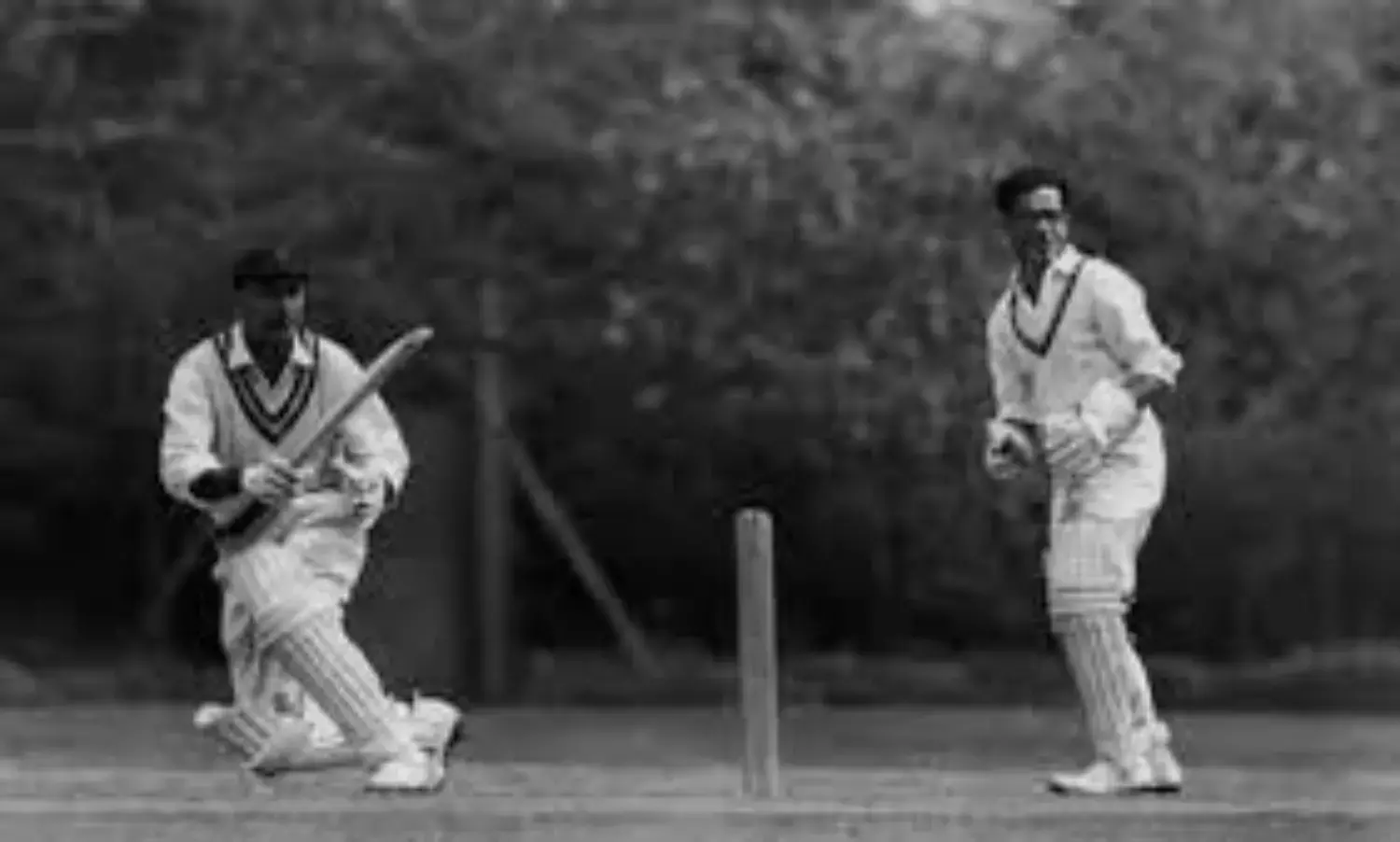The ‘Kanpur Miracle’ Aura Endures
Down Memory Lane
Time has lengthened the number of notable Indian victories, particularly in recent times when the team has registered a number of great wins both at home and away. While away victories are regarded to be of greater significance there have been triumphs at home which are as notable as those notched up overseas.
Kolkata 2001 will occupy pride of place in this regard and in fact can be bracketed with any historic win abroad. A victory over that formidable Australian squad was in itself a remarkable feat and the manner in which it was achieved, turning the tables after following on a feat achieved for only the third time in Test history and ending a run of 16 successive wins for Steve Waugh’s men.
But for old timers, and those who have followed Indian cricket history closely, there is one victory notched up by the Indian team over 60 years ago the mention of which will make those present at the time go off happily on a trip down nostalgia lane. It was achieved when Indian cricket was at its nadir.
The team had lost eleven out of the previous 14 Tests with the remaining three drawn. An unhappy Test series against West Indies at home that was lost 3-0 with things going wrong on and off the field was followed by a 5-0 whitewash in England. As if all this was not enough India’s next opponents were Australia who had won ten of their previous 14 Tests.
It was clearly a battle between unequals. The fact that the contest was to be held at home meant little for India in those formative years were anything but formidable at home like they are these days.
Not unexpectedly the visitors romped home by an innings and 127 runs in four days in the first Test at New Delhi. The second Test was to be held at Kanpur in a couple of days and another emphatic win for the Aussies was freely predicted. And yet when the match was over it was India who had completed a 119-run win for Indian cricket’s greatest triumph till that date and still rated very high, even among the many prominent achievements since then.
How did this turnabout come about in just about a week’s time? How could a side so outclassed over a couple of years turn the tables on the best team in the world to register what is even today referred to as “The Kanpur Miracle’’? The answer lies in one man’s belief in another man’s ability to bowl out the opposition. The former was Lala Amarnath the chairman of selectors and the latter was Jasu Patel.
Australia’s traditional weakness against off spin bowling had been exposed by Jim Laker on the 1956 trip to England and to an extent India’s off spinner Ghulam Ahmed also enjoyed considerable success when the team played in India following that tour. By December 1959 Ghulam had retired but Amarnath reckoned that a secret weapon could be unleashed in Patel even though he was already 35 and had played just four Tests with a modest record, the presence of Ghulam, Vinoo Mankad and Subhash Gupte restricting his appearances.
And yet by lunch on the second day the second Test seemed to be going the way of the first. India was bowled out for 152 and Australia were 128 for one. During the interval Amarnath instructed GS Ramchand, the Indian captain to give Patel a change of ends. Ramchand did so and the impact was immediate.
Colin McDonald was bowled for 53 and that was all that Patel needed to rip through the star-studded batting line-up. He produced a master ball to bowl Neil Harvey for 51, the rest succumbed meekly and Australia were all out for 219. Patel virtually unplayable finished with nine for 69, the best figures by an Indian bowler in Test cricket.
In a low scoring game the lead of 67 was however going to be pretty handy unless India came up with a better batting performance. And after a very long time the Indians rose to the occasion. Thanks to valuable contributions right down the order headed by Nari Contractor’s 74 India were able to post a total of 291.
This meant that Australia required 225 for victory and at this stage it did seem anyone’s match. Much would depend on McDonald and Harvey, their best batsman to tackle the vagaries of a newly laid turf pitch but the question was could Patel repeat his first innings magic.
Patel did not take long to unravel his bag of tricks and this time he was well supported by Polly Umrigar who bowled his off breaks accurately even as he was able to turn the ball appreciably. At 59 for two at stumps on the fourth day the game was evenly poised.
But on the final day Patel and Umrigar just ripped apart the Aussie batting. The latter took the important wickets of Harvey and Norman O’Neill on his way to figures of four for 27. But the wrecker-in-chief was again Patel who finished with five for 55 to finish with match figures of 14 for 124 the best by an Indian bowler in Test history.
Australia were shot out for 105 and this was the first defeat for Richie Benaud in ten Tests as captain. A most unlikely hero had shaped India’s most memorable victory on Christmas Eve of 1959 and for some time Patel was the most talked about cricketer in the land.
The unexpected victory was hailed as the greatest ever because of the strong opposition but more important because it was notched up when Indian cricket was at its lowest ebb. Even today more than 60 years later and even with the number of wins registered over the years the mention of the “Kanpur Miracle” will make the eyes of old timers sparkle with delight every time it is mentioned.





